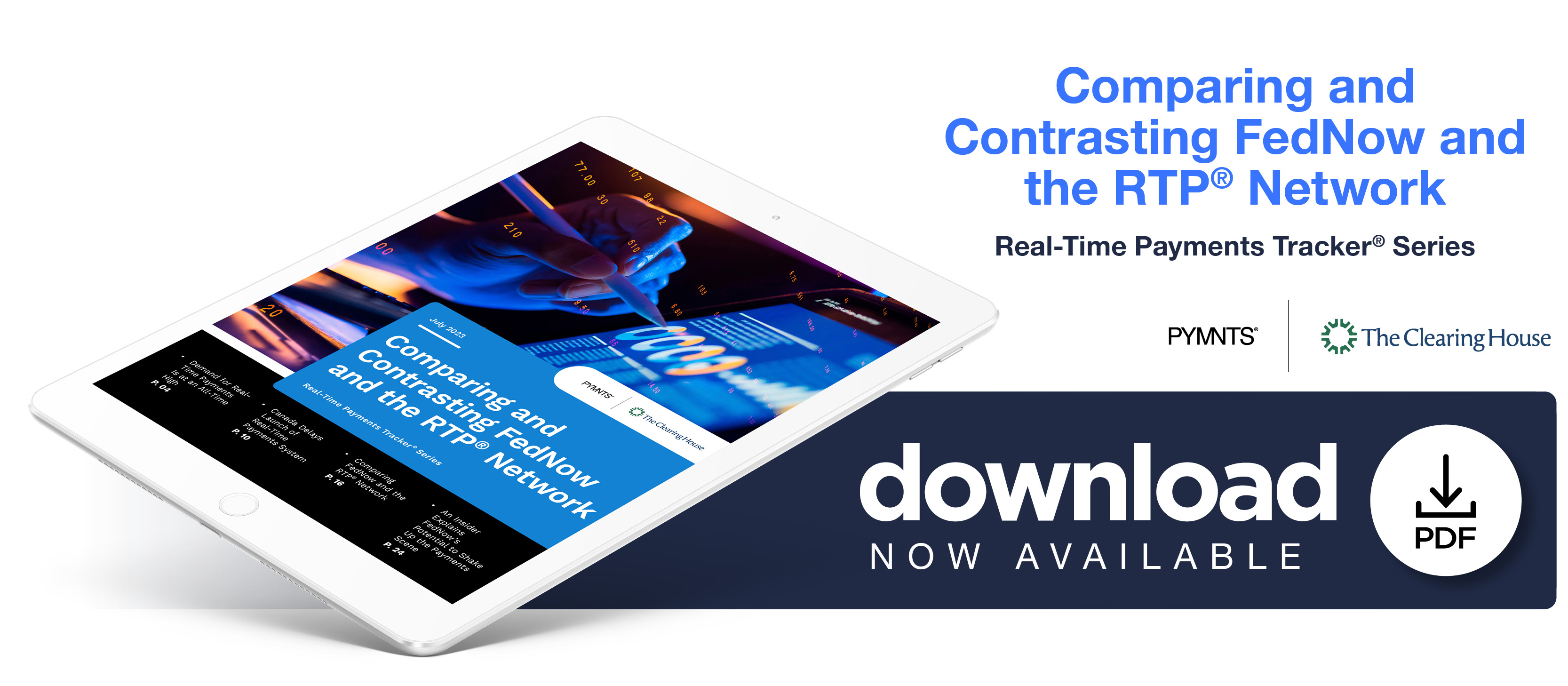An Insider Explains FedNow’s Potential to Shake Up the Payments Scene

Christine Mayes, executive vice president at Corporate One Federal Credit Union, details how she believes the launch of FedNow will bring healthy competition to the real-time payments industry.
—
![]() In many ways, FedNow is an extension of the winning formula that the RTP® network pioneered in the United States. Both platforms essentially perform the same service — providing instant payments — from a customer’s perspective, and FedNow is set to achieve the same level of success.
In many ways, FedNow is an extension of the winning formula that the RTP® network pioneered in the United States. Both platforms essentially perform the same service — providing instant payments — from a customer’s perspective, and FedNow is set to achieve the same level of success.
“They’re both a nearly instantaneous transfer of funds between bank accounts,” Mayes explained. “Both are leveraging the ISO 20022 messaging format, and both are credit push only. They both require a core-to-core connection that’s leveraged to authenticate these payments, and, as a result of that, each of these payments is considered final.”
Despite FedNow’s similarities with the RTP network, its introduction could still rock the payments space. The addition of a new real-time option could foster healthy competition, which means more options for consumers and a better environment for everyone involved.
“I think it’s going to broaden the availability for more financial institutions hopefully to get in the game,” Mayes said. “Anytime you have natural competition in the marketplace, I think that’s good for consumers as a whole. [The RTP network] has got a bit of a leg up, but FedNow is operated by the federal government, and they’ve got a very, very wide reach when it comes to financial institutions.”
To ensure a smooth rollout, FedNow would be well served by examining what the RTP network did right and aim to replicate that success. The most important aspect, according to Mayes, is to engage in active communication with all real-time payment stakeholders to be certain that it meets their needs.
“They’re talking to banks, they’re talking to credit unions, they have workgroups and user groups that they’ve pulled regulators into,” she said. “They have lined out a fairly clear vision and a road map of future planning to ensure that it continues to be developed and meet the needs of their users.”
